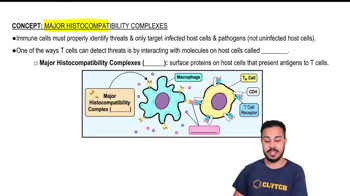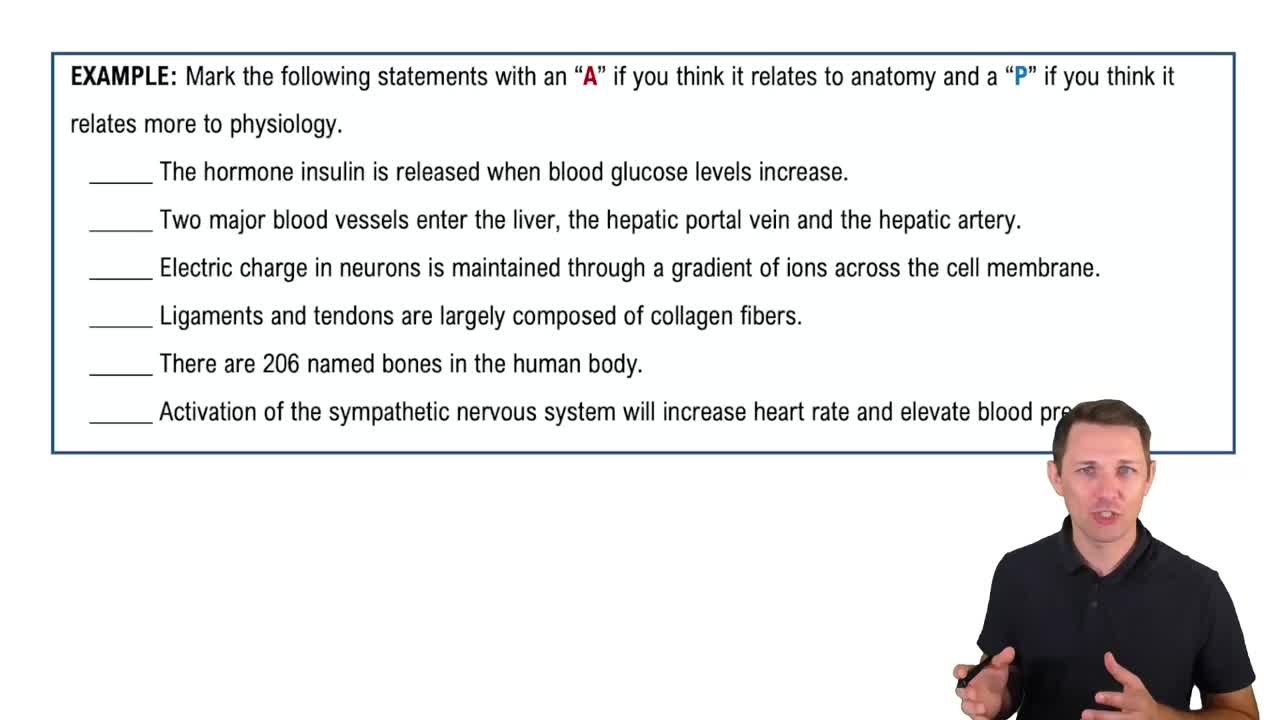Multiple Choice
Two chyme samples are taken: one from the stomach and one from the duodenum. How could you tell the samples apart using lab techniques?
492
views
7
rank
 Verified step by step guidance
Verified step by step guidance Verified video answer for a similar problem:
Verified video answer for a similar problem:



 3:44m
3:44mMaster Functions of the Small Intestine with a bite sized video explanation from Bruce Bryan
Start learning